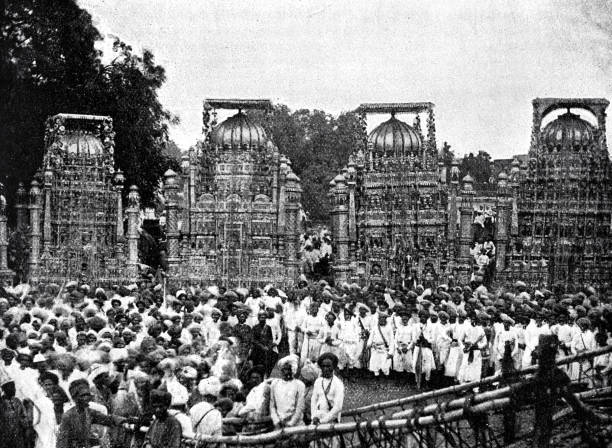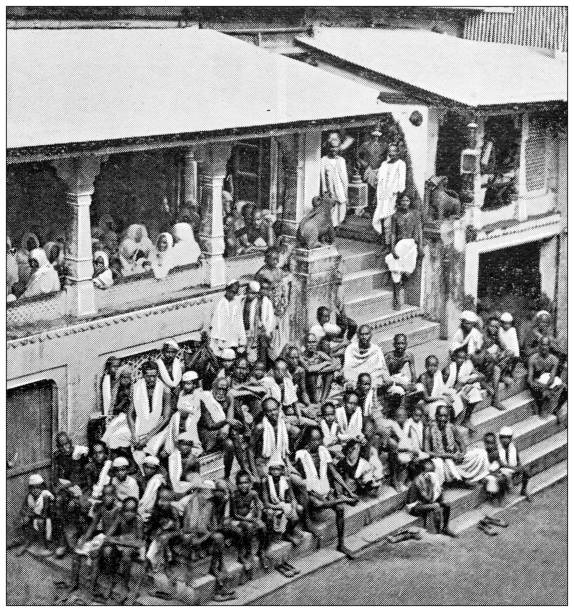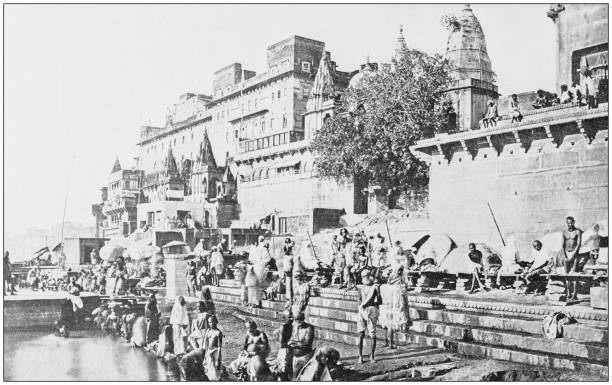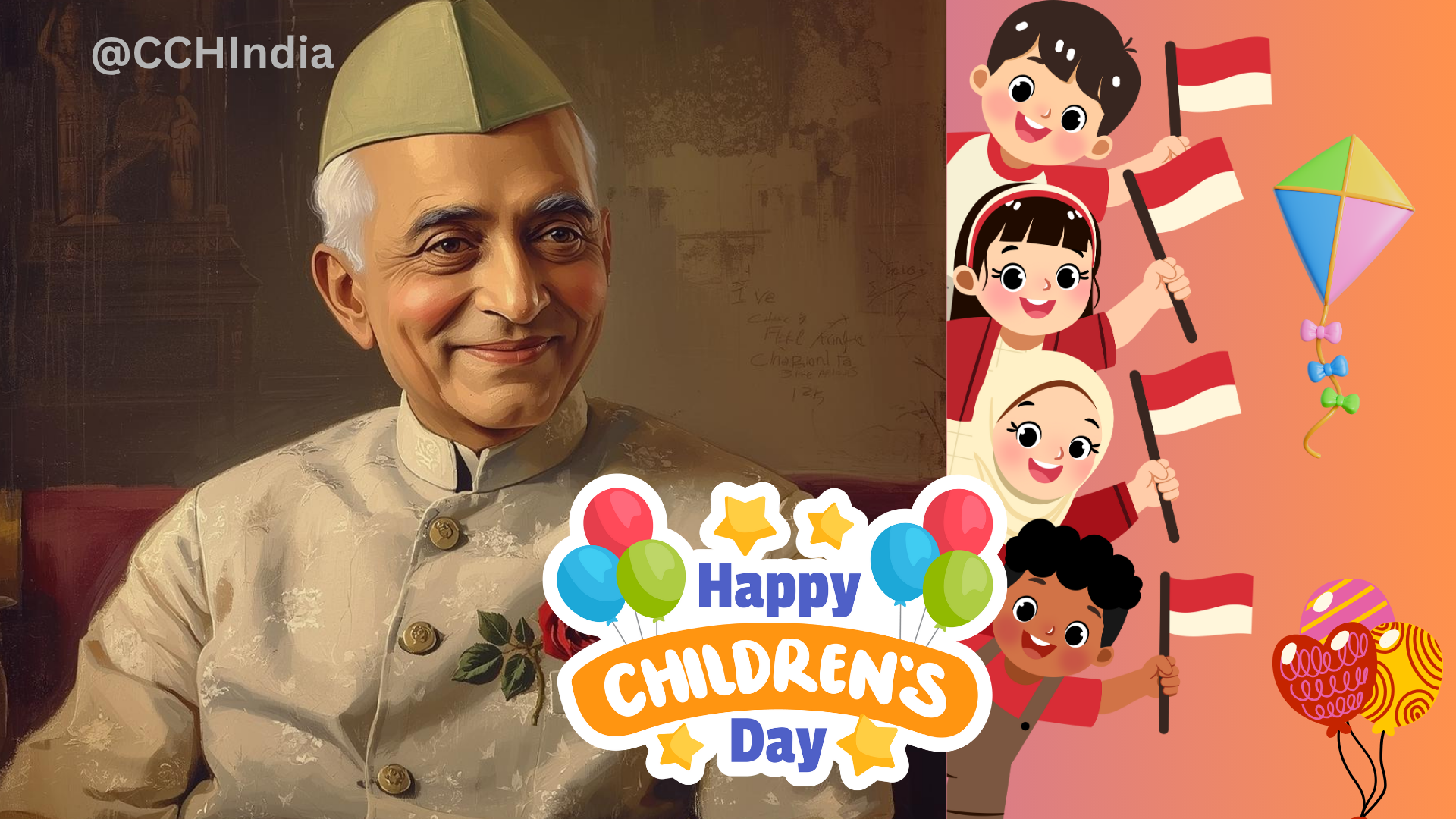Essay on Quit India Movement
The most well-known and effective mass movement in the series of agitations organised by Gandhi during the war for freedom was the movement to leave India, also known as the Revolt of 1942 or the "August Revolution" of 1942. The Second World War had already begun when this massive migration was organised, and the sky was already dark and overcast due to the Japanese invasion of India.
The Cripps Mission's efforts were in vain, and prices for necessities were skyrocketing. However, the day of liberation from British imperialism does not seem far off. Gandhi frequently encouraged the British to "Leave India to God or to anarchy" and said, "This orderly disciplined anarchy should go, and if as a result there is complete lawlessness I would risk it." According to Sumit Sarkar, “The summer of 1942 found Gandhi in a strange and uniquely militant mood.”The man who 'promised' Swaraj within a year is restless and keen to see that his aim of securing freedom for India is quickly realised, as seen by his words made in May 1942. Though the need for non-violence was constantly emphasised, Gandhi's motto of "Do or Die" best captures his combative demeanour, as Sumit Sarkar notes.

The Congress initially agreed to a fight when the working committee met at Wardha on July 14, 1942. This decision to enter the conflict was approved by the All India Congress Committee at its meeting in Bombay in August. Gandhi made it quite clear in his address that he would not settle for anything less than total freedom. It's possible that the Viceroy will suggest eliminating the salt tax and drink evil. But I'll say it's freedom or nothing. Gandhi then gave his now-famous call to action, "Do or Die." "I give you this Mantra, which is a brief one. You can let it get ingrained in your souls and be expressed through every breath you take. Do or Die is the credo. We won't live to witness the continuation of slavery; we must either free India or perish trying.
Gandhi also issued a call to action to all groups of people, including the princes, Jagirdars, and Zamindars, as well as the wealthy and affluent classes, who draw their income and possessions from the workers in the fields, industries, and other places, to whom power and authority ultimately belong. Sumit Sarkar believes that Gandhi's aforementioned statement demonstrates his social radicalism and shift in the Congress's philosophical outlook. At this point, supporters of socialism and communism have joined the broad-based Congress organisation, and the British were equally determined to put an end to any movement of the Congress.
In a letter dated 8 August 1946, the then Viceroy Linlithgow made it very clear that he had made up his mind: "I feel very strongly that, in the present circumstances, the only possible response to a declaration of war by any section of Congress must be a declared determination to crush the organisation as a whole." Since both sides were prepared to act, the government detained all of the Congress' leading officials in a single sweep in the early hours of August 9, 1942, even before the movement had officially begun. Mass rage against the arrest of leaders erupted as a result of this. Following the unforeseen incident of August 9, 1942, there was a widespread upswing that lasted for six or seven weeks across the nation.

In certain locations, large crowds attacked police stations, post offices, courts, train stations, and other symbols of governmental authority, according to Bipan Chandra's writing. In defiance of the police, national flags were forcibly flown on public buildings. Cities, towns, and villages everywhere saw the anger of the populace. Peasants, labourers, and students all took part in the demonstrations to express their anger at the administration. The authorities repressed the movement by employing severe methods. Gandhi, who was taken into custody in the wee hours of August 9th, announced on February 10th that he would begin a 21-day fast.
Gandhi's failure to denounce the mass violence and hold the administration accountable for it is another aspect that should be noted in this context. People around the nation gave the Gandhi fast an enthusiastic and energetic response. On May 6, 1944, Gandhi was discharged for medical reasons. It should be highlighted that, in contrast to prior non-cooperation and civil disobedience activities, the Quit India movement saw the spontaneous participation of the whole public. According to Bipan Chandra, "the great significance of this historic event was that it immediately prioritised the demand for independence inside the national movement. After "Quit India," there was no turning back. Freedom was no longer up for negotiation. And after the war, this became very evident.
Subhas Chandra Bose's Indian National Army carried the spirit released further. Understanding the long-drawn-out dynamics of the leaders of this movement's approach is revealed by an understanding of the process of India's struggle for independence. The Gandhian phase of "struggle-truce-struggle" was one of maintaining the tempo of the movement through the stages of non-cooperation followed by civil disobedience, followed by the Quit India movement, whereas the pre-Gandhian phase was one of increasing conscious awareness of the evils of the colonial and imperialist among the masses.

Along with Gandhi's nonviolent philosophy and Satyagraha technique, it was the tactic of struggle-truce-struggle that fueled and sustained the freedom movement and helped India become independent in 1947. During Gandhi's time, we saw a steady and sluggish change from a small minority of freedom seekers to a mass organisation of these individuals. Gandhi's most notable contribution was the effective staged strategy of struggle-truce-struggle to maintain the momentum of the movement. Gandhi undoubtedly had a key role in the mass political mobilisation of the 20th century, which was driven by the desire for the masses to rule themselves more peacefully.









